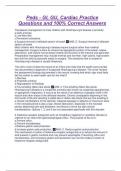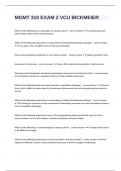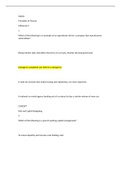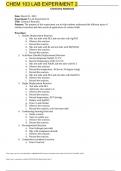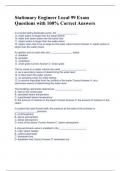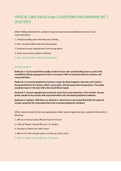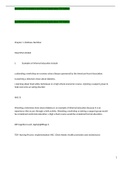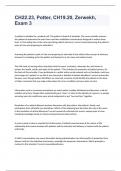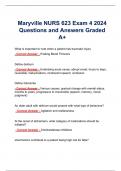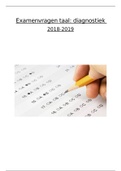Exam (elaborations)
Peds - GI, GU, Cardiac Practice Questions and 100% Correct Answers
- Course
- Institution
Therapeutic management of most children with Hirschsprung's disease is primarily: a.Daily enemas. b.Low-fiber diet. c.Permanent colostomy. d.Surgical removal of affected section of bowel ANS: D. Surgical removal of affected section of bowel Most children with Hirschsprung's disease require surgical...
[Show more]
